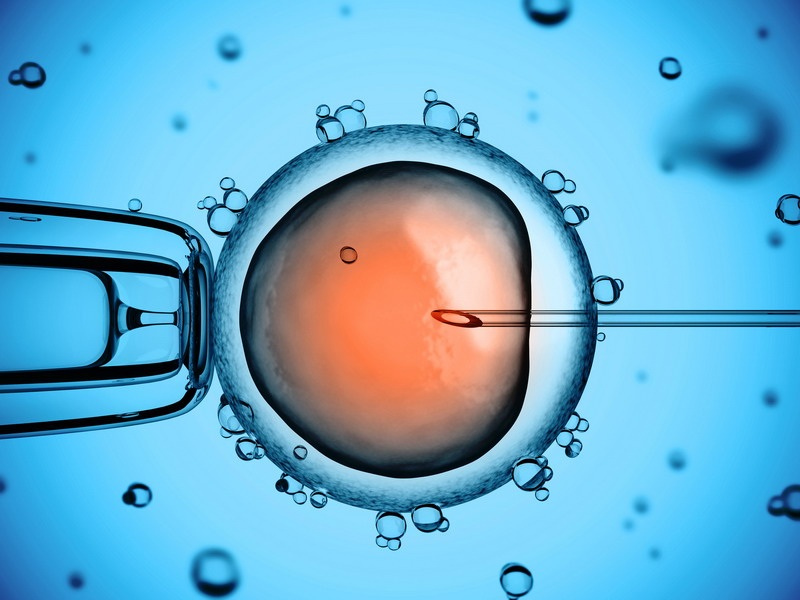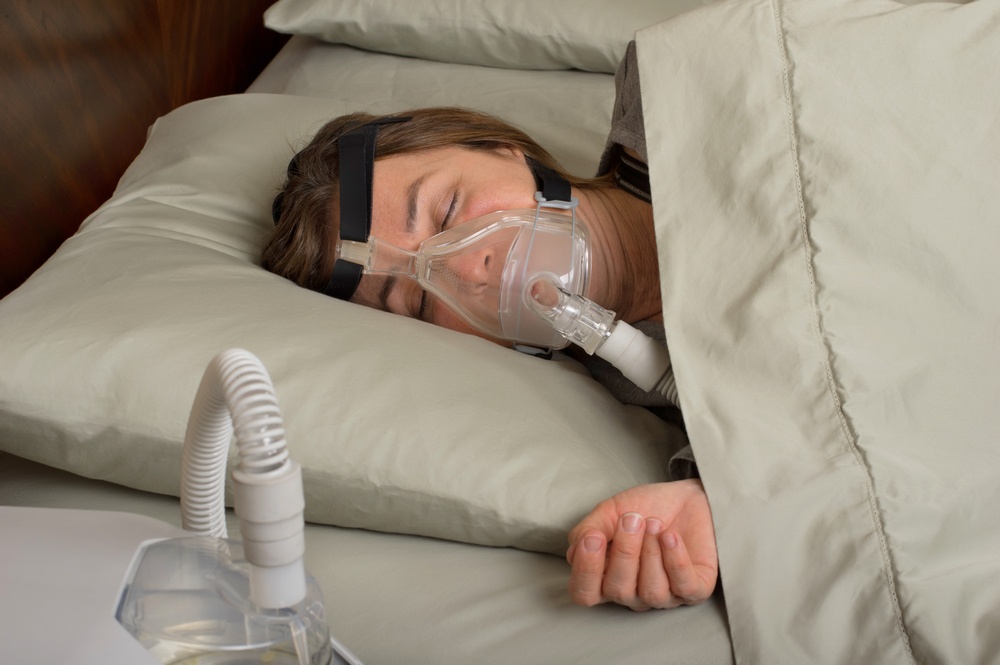The Stem Cell Picture is Too Detailed for Broad Strokes

Imagine Michelangelo attempting to paint the Sistine Chapel with the same kinds of brushes and rollers used to paint the exterior of a house. The artist would be more than capable of painting broad strokes, but detail would be sorely lacking. We would quickly realize that the Sistine Chapel’s incredible artwork is far too detailed for broad strokes.
If the whole of what we know about stem cell therapy were a painting, it would be a lot like Michelangelo’s Sistine Chapel work. The field itself is far too detailed to be presented in broad strokes. For example, to condemn all of stem cell science based on the Florida case that caused the FDA to go into regulatory overdrive is like painting a broad stroke with a house painter’s brush. It doesn’t even come close to offering the detail necessary to truly understand the issue.
Different Kinds of Stem Cells
The details involved in stem cell therapy begin with the cells themselves. Did you know there isn’t just one kind of stem cell? When categorized according to potency, there are actually five kinds: totipotent, pluripotent, multipotent, oligopotent, and unipotent. The differences between them are by no means minor.
When writing stories about stem cell procedures, how often do the authors take the time to mention which kinds of stem cells are being used? Not often, probably because they don’t know it makes a difference. It is just easier to refer to stem cells in general and leave it at that.
Different Kinds of Stem Cell Procedures
Next up are the many different kinds of stem cell procedures that are currently possible. Autologous procedures are a good example. If you were to go to your doctor to get stem cell injections for osteoarthritis pain relief, you would undergo an autologous procedure.
Autologous stem cell material is material the patient provides for him/herself. In your case, you would provide the blood or adipose fat tissue from which your stem cells would be extracted.
There is another kind of stem cell procedure that utilizes induced pluripotent stem cells. These are adult stem cells taken from a third-party donor and induced in the lab to take on the characteristics of pluripotent stem cells. They would be inappropriate for your osteoarthritis procedure as they are intended for something entirely different.
Once again, in all of the news articles you have read about stem cell therapies, have you ever run across a detailed explanation of a particular procedure? Probably not.
Broad Strokes Make It Hard to See
Apex Biologix is a Utah company that works with clinics and individual doctors to supply them with some of the equipment they need to perform stem cell and PRP procedures. They carry things like PRP kits and centrifuges. What they do is very specific. Can you imagine how difficult it would be for them to conduct business if they did not know and understand the details of PRP and stem cell procedures?
The reality is that stem cell therapy, as both a science and a medical procedure, is incredibly detailed. When we paint a picture of it using broad strokes, we end up with something that lacks sufficient detail. It’s hard to see the benefits of stem cell therapy because we are not given the details.
As things currently stand, stem cell therapy is a picture being painted with broad strokes. It is causing unnecessary confusion among both medical practitioners and patients alike. Wouldn’t it be better to put down the big brushes in favor of smaller brushes capable of finer detail?












